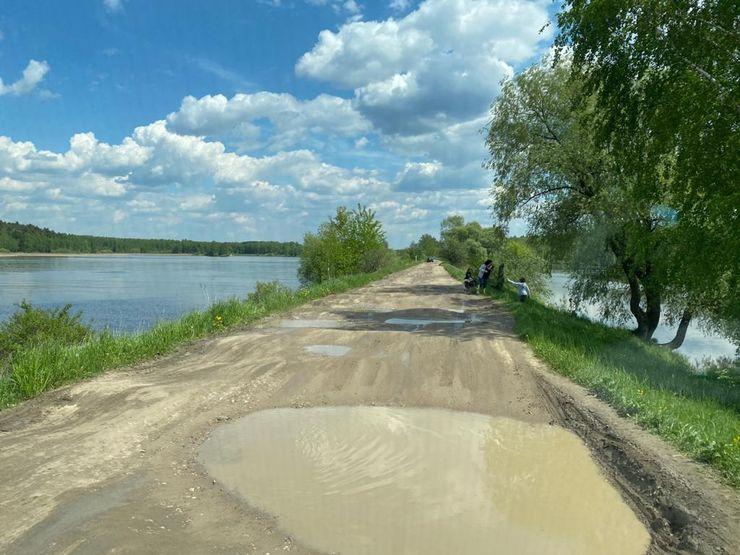
Why the engine can suddenly "trouble" after the rain, and what to do about it
A week of heavy rains in Moscow affected not only the level of the river of the same name: many car owners noticed problems in the engines of their cars. The AvtoVzglyad portal will tell about the possible causes of tremors, jumps in speed, increased consumption and other causes of unhealthy behavior associated with excess moisture.
The long-awaited summer met the inhabitants of the central region with rains and deep puddles. It poured so that, they say, even the country estate of Prime Minister Mishustin was flooded. And what the private property of ordinary citizens had to endure - and it's scary to think. Not only real estate suffered from the weather: transport suffered no less.
Moisture is generally the most dangerous enemy of the motor, but the problem of 2020 is not so much in water hammer - such a puddle in the city has yet to be found - but in the percentage of air / water, which has reached the level of an aquarium in the capital over the past week. It is clear that under such conditions, the processes of oxidation and decay are much faster. However, the spleen of the power unit from heavy rains does not always lie in rust, and some symptoms localized at an early level make it possible to solve everything with “little blood”.
The first step is to disassemble the air filter housing and carefully diagnose the condition of the filter element: if the canvas is wet or even damp, then the problem has been found. A wet filter passes air much worse, therefore the engine runs on lean fuel, abuses fuel and generally troit. The logic of further actions is clear: the casing itself must be dried, vacuumed from dust, and the filter must be replaced or, at worst, dried. If, after all the above measures, the state of health of the internal combustion engine has not improved, you have to roll up your sleeves.

The plug from the oil filler neck will tell you about the condition of the oil: if a white “creamy” coating has formed on it, then water has got into the oil and you should speed up with the replacement. Alas, today's engines are not ready, like their predecessors, to run with such a lubricant. If no emulsion was found, then the devil is in candles and high-voltage wires. Let's start with the latter.
The wire from the ignition coil to the spark plug must not crumble in your hands, break into a bend, or be damaged. It simply has to look amazing and sparkle with novelty, because the speed and other characteristics of fuel ignition in the cylinder directly depend on it. You don't need to be seven spans in the forehead to fully diagnose it. Any gap - a chip, tear, scratch - indicates the need for replacement. Of the necessary equipment, only the eyes will be needed. If nothing like this is visually detected, wait until the evening and ask a friend to start the car, after opening the hood and concentrating on the front side of the engine. Broken high-voltage wires will "generate" fireworks no worse than New Year's.

It is also worth carefully inspecting the “cartridges” themselves for rust and other precipitation - the junction of the wires with the coil and the candle. They should not be anything suspicious. Didn't like something? Change immediately!
The next item is the coil itself. Water can get into microcracks that form on the device over the years and create a lot of trouble. The node will simply work unpredictably: either perfectly, or through a stump-deck. As soon as the humidity in the air crosses the “rain” mark, the ignition coil begins to throw sparks and mope, creating all the conditions for uneven operation of the internal combustion engine. Visual inspection and drying will allow you to make the right decision.
Before taking the “iron horse” to a specialized diagnostician, conduct an initial examination. Evaluate for yourself those components and assemblies, the operation of which can be checked without additional equipment. After all, self-repair is not only saving money, but also a significant time saving.
